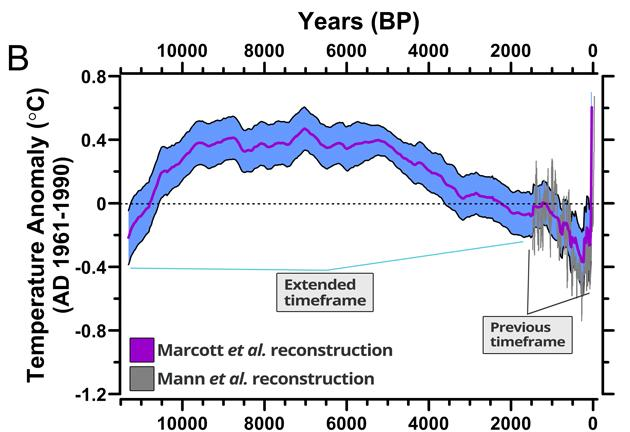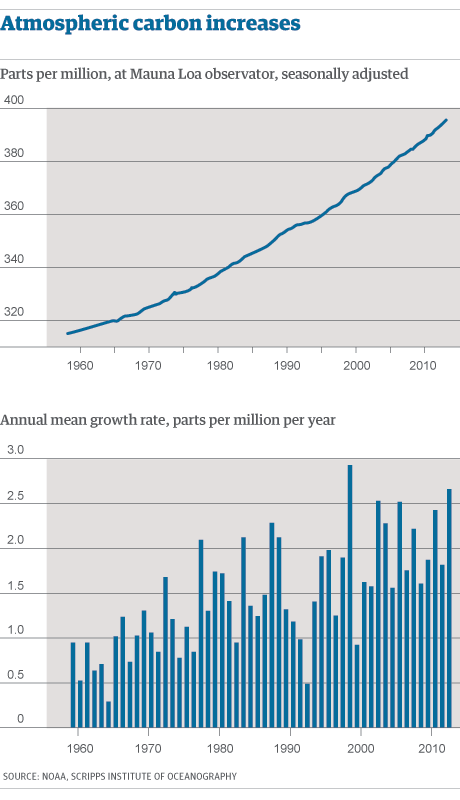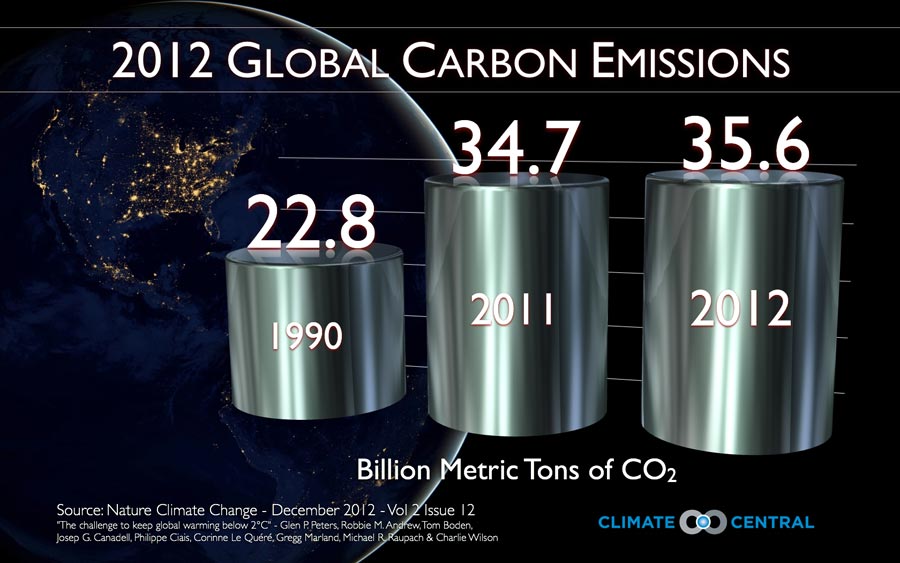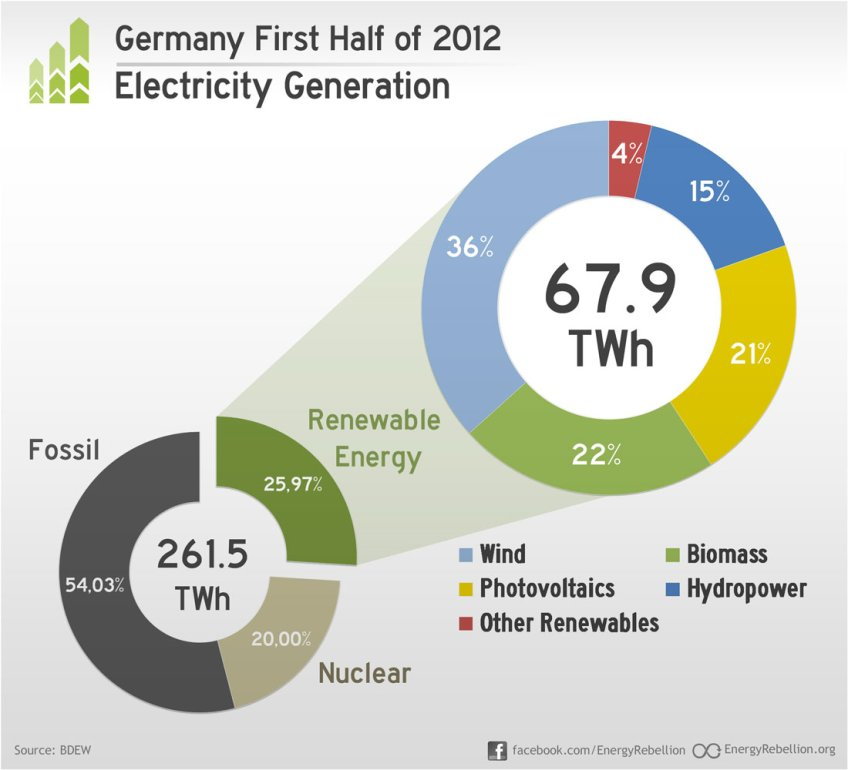Climate Change: A Clear and Present Danger
This phrase, “clear and present danger”, was first articulated by Supreme Court Justice Holmes in 1919 in a case involving the limits of free speech that arose during World War I. This phrase became popular after the 1994 film with the same title based on a Tom Clancy novel.
It seems appropriate to use it again after reading a recent peer-reviewed journal article published in Science, 8 March 2013 VOL 339. The title is “A Reconstruction of Regional and Global Temperatures for the Past 11,300 Years” by S. Marcott, et al. The authors are from Oregon State University and Harvard University.
The critical conclusion is that global temperatures today are the highest in at least 4,000 years.
It’s an impressive research effort and builds on an earlier effort in 1998 by M. Mann et al. at Penn State University. In this case Mann was able to use biological markers [pollen, tree rings, lake sediments] for estimating Earth’s temperature variation over the past 1,000 years. That work showed that today’s global temperatures are exceptional, and higher than at any other time during that period. By 2005 more than 12 additional peer-reviewed research studies supported that conclusion.
Let’s look at one graph from the Marcott study labeled “Years (BP).” Temperature changes are noted on the vertical axis. The average temperature of the 30 year period from 1961-1990 is taken as the “0” degrees centigrade baseline [dotted] with temperature changes lower or higher measured relative to it. The graph’s shaded area on either side of the center line incorporates the statistics and uncertainties of the measurements.
The time in years [from today to 11,300 years ago] is measured along the horizontal axis.

Both the new Marcott data and the Mann data, where they overlap on the right, agree very well. Note that the temperatures today are higher than at any time in at least the past 4,000 or more years. Theissue is the rapid rise in global temperatures in the past several decades. This correlates closely with the rapid rise in atmospheric carbon dioxide levels, a greenhouse gas [GHG], as noted in the two illustrations labeled “Atmospheric carbon increases” in parts per million [ppm]. The top graph illustrates the relentless increase in carbon dioxide gas in the atmosphere over the past 55 years. The pre-industrial levels in the 1750’s were about 280 ppm. Today we are approaching 400 ppm.

The bottom illustration [bar chart] shows the annual mean growth rate in ppm per year of this GHG. What is particularly worrisome is the annual growth in 2012 of 2.67 ppm is the second highest ever recorded [after 1998]. At the rate we are adding this GHG to the atmosphere in a few decades Earth’s temperature will be higher than any time in the past 11,300 years.
Another chart illustrates the “2012 Global Carbon Emissions” in “Billion Metric Tons of CO2” from last year and compared with 1990 and 2011.

We have to remember that the last ice age ended about 12,000 years ago. The epoch since then, called the Holocene, was a period of relative climate stability that set the stage for human civilization to develop about 8,000 years ago. This climate sustains us still, permitting a high level of food production, although hunger is a problem in some parts of the world.
All this research and data indicate a “clear and present danger” to our planet’s climate system as we have known it. We are entering new climatic territory with rising global temperatures, rising sea levels, melting Arctic sea ice, melting glaciers, extreme droughts, extreme precipitation events and super storms. All of this is at a time when the population will be approaching 8 billion people.
Some governments, aware of the direction we are headed, are working to reduce their carbon footprint, and move to the new energy future. Germany, in 2012 for instance, generated over 25% of its electrical energy needs by renewable energy [Wind, Solar, Biomass, Hydropower, Other Renewables].
California already meets 20% of its electricity needs through renewables with a goal of 33% by 2020.
We need to do more.

As Walter Cronkite used to say, “And that’s the way it is.”
The scientific career of Raymond N. Johnson, Ph.D., spanned 30 years in research and development as an organic/analytical chemist; he is currently founder and director of the Institute of Climate Studies USA (www.ICSUSA.org). Climate Science is published the first Sunday of every month.
Menu



